Buy Bougival, Maurice de Vlaminck as a reproduction on canvas, ArtFrame, poster and wallpaper, printed on demand in high quality.
About "Bougival, Maurice de Vlaminck"
About the artwork
Bougival, Maurice de Vlaminck (1905)
The term "fauvism" was coined in 1905 when a critic used "wild beasts" ("les fauves") to describe a group of artists who employed pure, nonrealistic color and aggressive brushwork. Vlaminck, along with Henri Matisse and André Derain, were the major proponents of this movement.
"Bougival" is one of the finest compositions Vlaminck painting during his brief yet prolific period as a fauve painter. It is characterized by a strong compositional balance, harmony of vibrant colors, and confident placement of brushstrokes. Following the French classical tradition of landscape painting, Vlaminck organized the canvas into three zones. Vibrant yellows and reds, highlighted by dashes of pink, animate the foreground, while deeper greens, blues, and yellows dominate the middle of the picture. In the background, a softer blend of colors creates an impression of deeper spatial recession in the river and sky.
Old Master collections
Discover more Old Masters in the following collections:
 Germany
Germany Ordered in October 2021
Ordered in October 2021
 Netherlands
Netherlands Ordered in September 2017
Ordered in September 2017
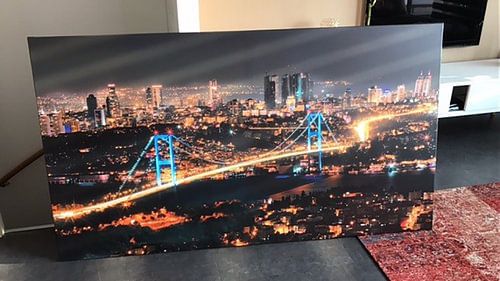
 Germany
Germany Ordered in December 2024
Ordered in December 2024
 Germany
Germany Ordered in March 2020
Ordered in March 2020
 Netherlands
Netherlands Ordered in January 2022
Ordered in January 2022
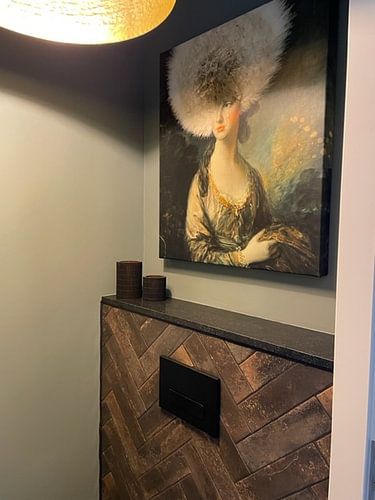
 Netherlands
Netherlands Ordered in September 2019
Ordered in September 2019
 Germany
Germany Ordered in June 2023
Ordered in June 2023
 Netherlands
Netherlands Ordered in March 2020
Ordered in March 2020
 Netherlands
Netherlands Ordered in February 2024
Ordered in February 2024
 Netherlands
Netherlands Ordered in August 2018
Ordered in August 2018
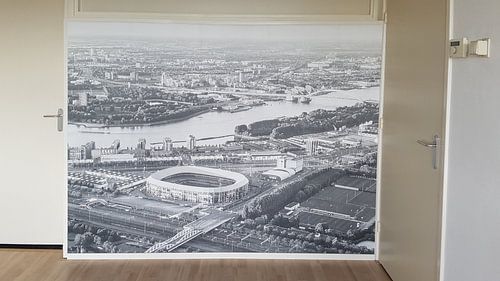
 Germany
Germany Ordered in July 2019
Ordered in July 2019
 Germany
Germany Ordered in October 2020
Ordered in October 2020
About the material
Wallpaper
Make a statement with art on wallpaper
- Razor-sharp prints
- Easy to apply
- Big sizes possible
- Strong quality
Discover the Old Masters collection
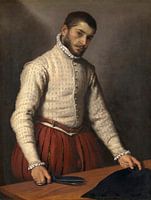 The Tailor, Giovanni Battista Moroni
The Tailor, Giovanni Battista Moroni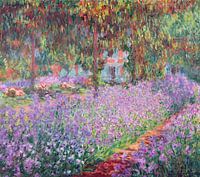 The Artist's Garden at Giverny, Claude Monet
The Artist's Garden at Giverny, Claude Monet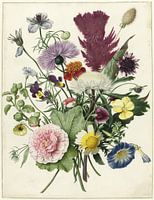 Bouquet of flowers on white background (seen at VT Wonen)
Bouquet of flowers on white background (seen at VT Wonen)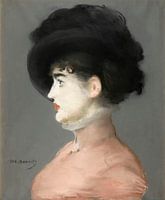 Irma Brunner, Édouard Manet
Irma Brunner, Édouard Manet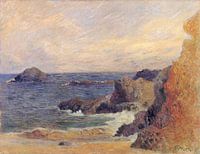 Rocks by the sea, Paul Gauguin - 1886
Rocks by the sea, Paul Gauguin - 1886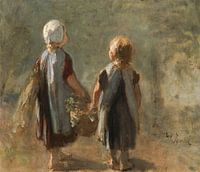 Two little girls carrying a basket - Jozef Israels
Two little girls carrying a basket - Jozef Israels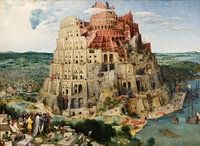 The Tower of Babel, Pieter Bruegel
The Tower of Babel, Pieter Bruegel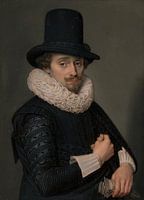 Self-portrait, Adriaen van de Venne
Self-portrait, Adriaen van de Venne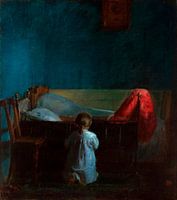 Evening prayers, Anna Ancher
Evening prayers, Anna Ancher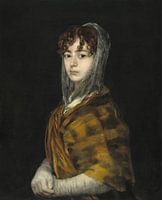 Francisca Sabasa y Garcia - Portrait woman old master of Francisco Goya
Francisca Sabasa y Garcia - Portrait woman old master of Francisco Goya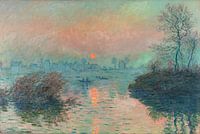 Sunset on the Seine at Lavacourt, Claude Monet
Sunset on the Seine at Lavacourt, Claude Monet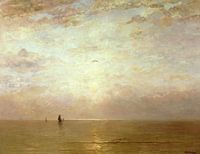 Sunset, Hendrik Willem Mesdag
Sunset, Hendrik Willem Mesdag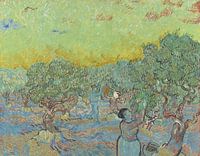 Olive grove with two olive pickers, Vincent van Gogh
Olive grove with two olive pickers, Vincent van Gogh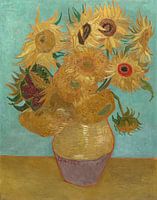 Vincent van Gogh. Sunflowers
Vincent van Gogh. Sunflowers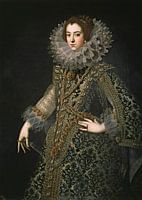 Queen Elizabeth of Bourbon
Queen Elizabeth of Bourbon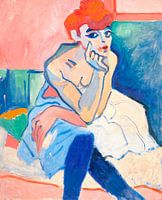 Woman in a Chemise, André Derain
Woman in a Chemise, André Derain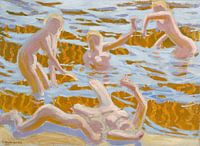 Oceanides, Akseli Gallen-Kallela
Oceanides, Akseli Gallen-Kallela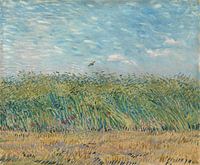 Vincent van Gogh, Cornfield with partridge
Vincent van Gogh, Cornfield with partridge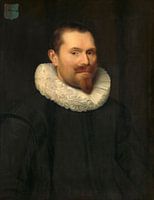 Portrait of a man, anonymous - 1633
Portrait of a man, anonymous - 1633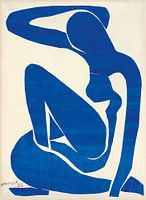 Henri Matisse. Blue nude
Henri Matisse. Blue nude
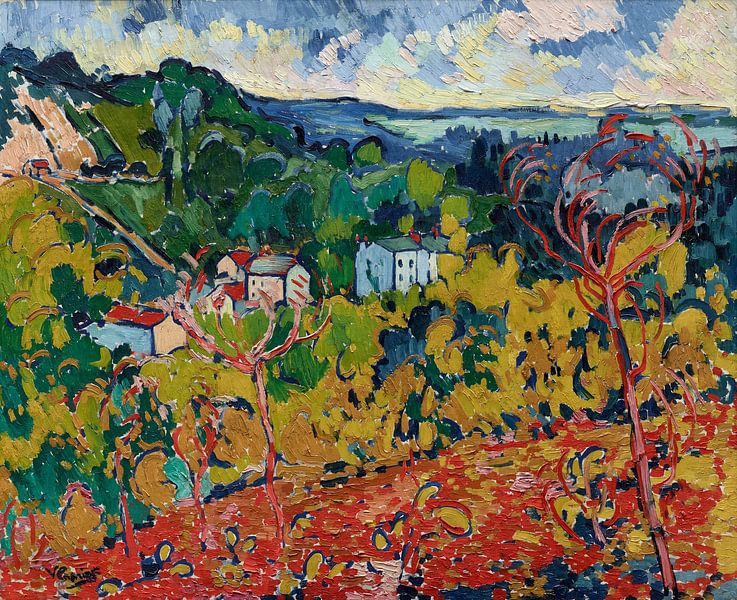

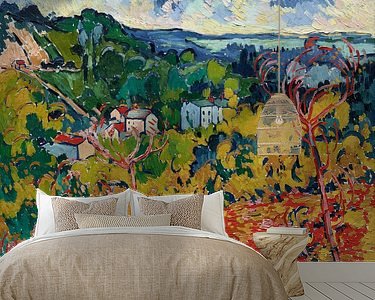


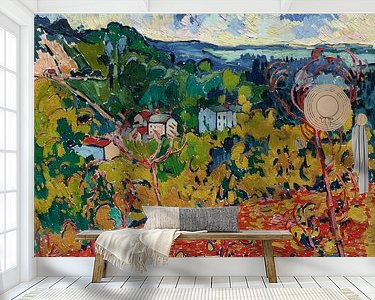
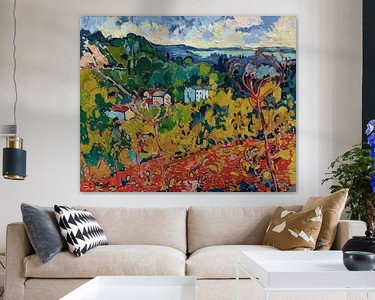
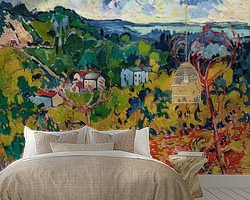
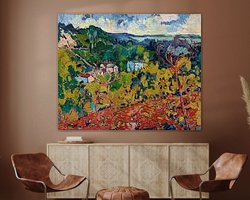
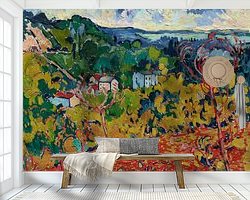

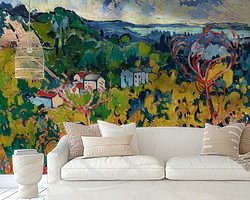
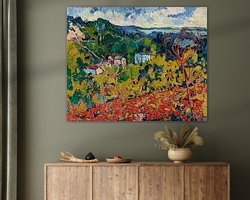
 Fauvism
Fauvism Landscape Paintings
Landscape Paintings Nostalgic Memories
Nostalgic Memories Old masters
Old masters Post-impressionism
Post-impressionism Serene Peace
Serene Peace Vibrant Colors
Vibrant Colors









